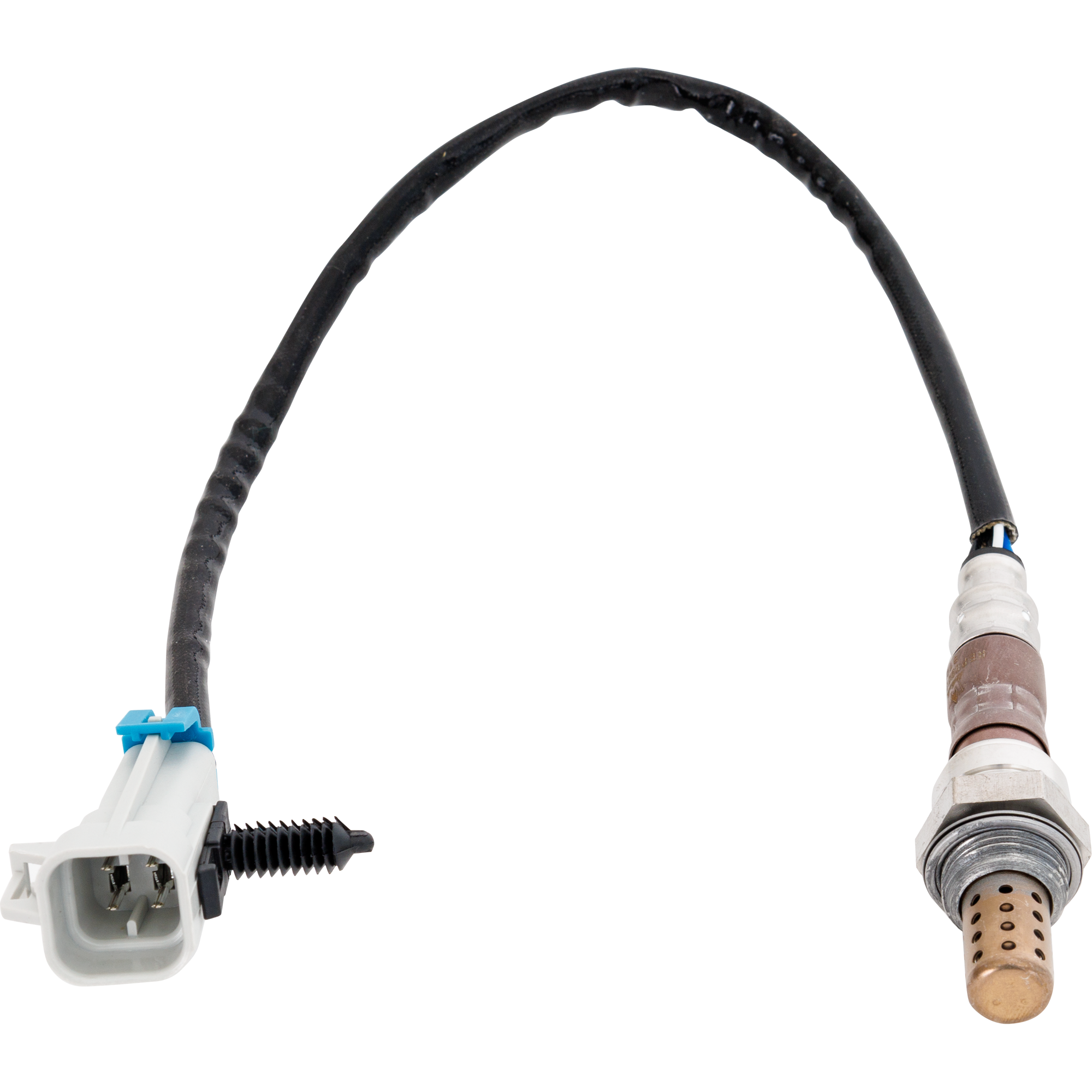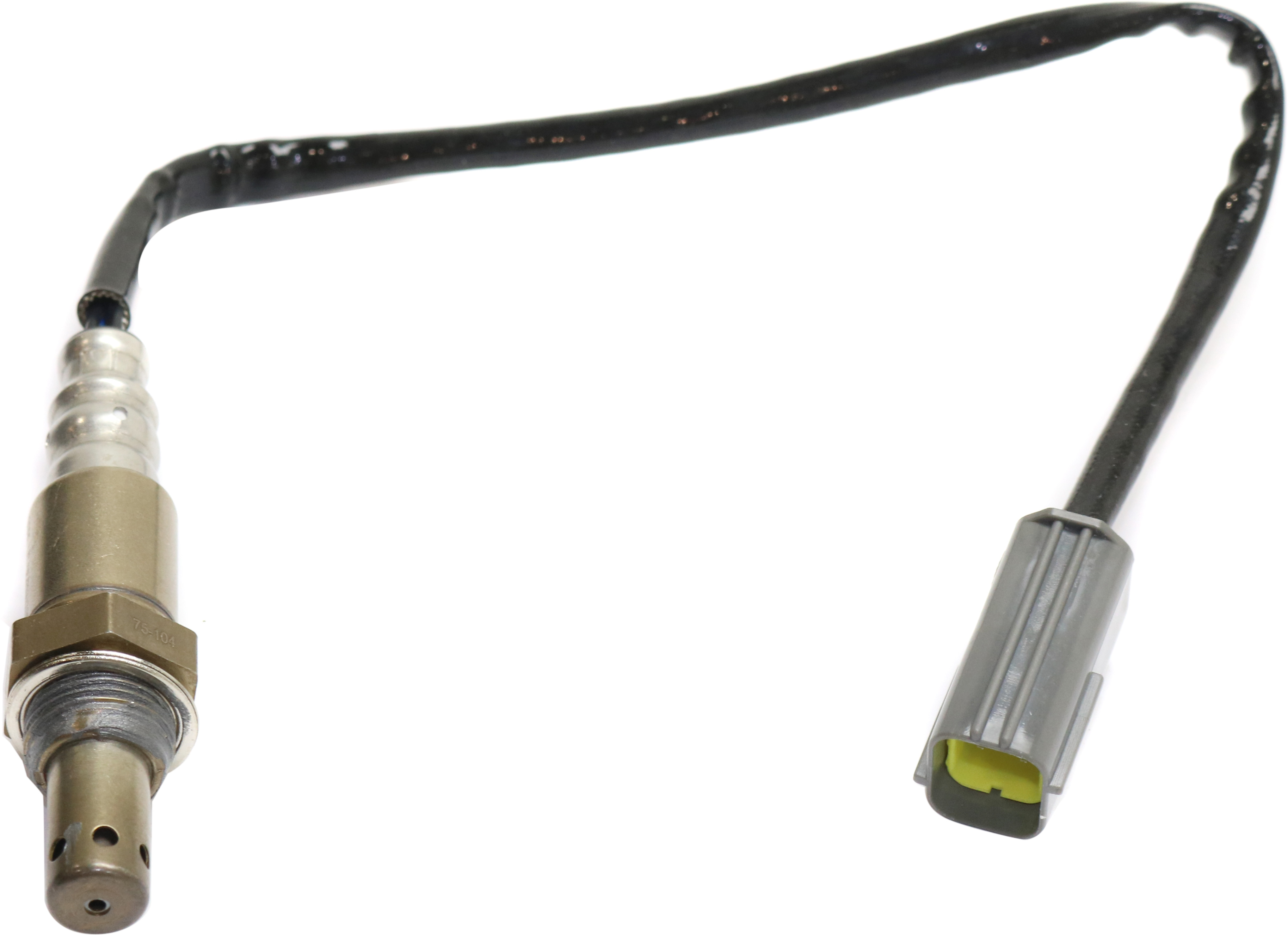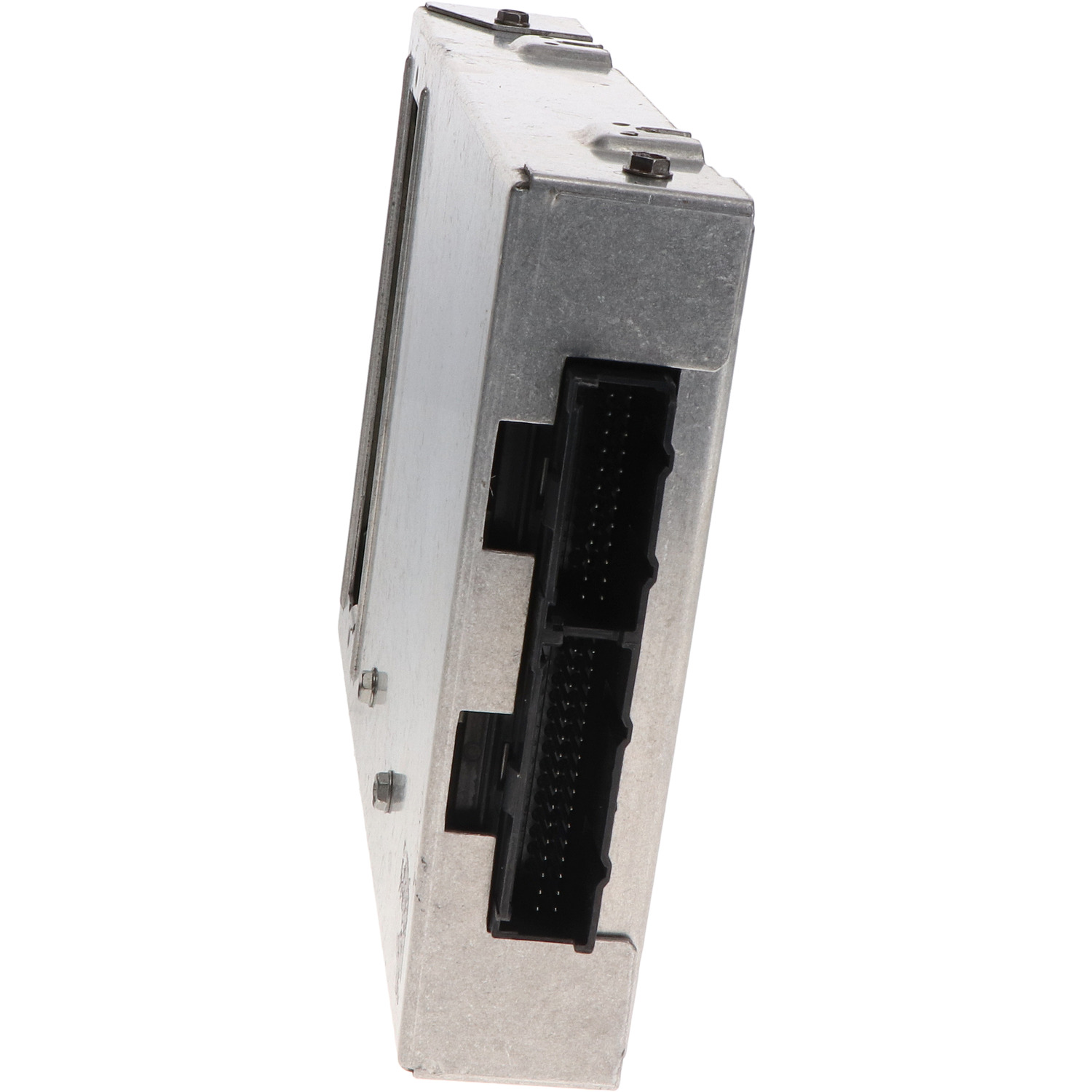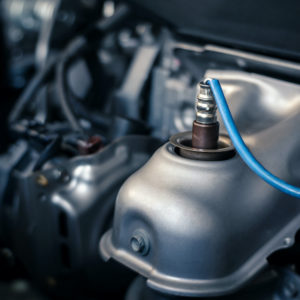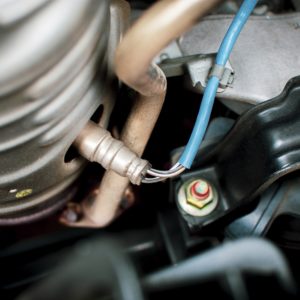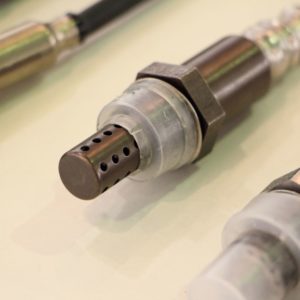Modern vehicles are equipped with on-board diagnostics (OBD) to make it easier for technicians to diagnose vehicle problems. While these codes are helpful to professionals, they may seem complicated at first to the average DIYer.
If you’ve retrieved an error code P0145 curious about, this informative guide is for you.
What Does the P0145 Code Mean?
Diagnostic trouble code (DTC) P0145 stands for “O2 Sensor Circuit Slow Response (Bank 1 Sensor 3).” It is logged when the powertrain control module (PCM) detects a slow response time from a downstream oxygen sensor. “Bank 1” refers to the part of the engine containing cylinder 1. On the other hand, “sensor 3” pertains to the oxygen sensor located downstream or after the catalytic converter.

Code P0145 is set when sensor 3 is responding slower than expected. There are times when the ECM/PCM expects sudden reaction from the downstream sensor based on dynamic conditions, and when the downstream sensor consistently fails to react in good time, this code is set.
Oxygen sensorsare designed to react to the changes in the composition of exhaust gases. This code is set if the sensor responds slower than usual to the changes in the exhaust.
Sensor 3 monitors the efficiency of the catalytic converters in reducing emissions and relays this data to the PCM. If the latter perceives a problem in the response time of this sensor, it sets trouble code P0145. The code is also set when the oxygen sensor is too slow to allow proper fuel control and closed-loop fuel system operation.
Make sure you fully understand the role of the downstream oxygen sensor before attempting any DIY diagnosis or fix for P0145.

Note: The definition of code P0145 may be different depending on the vehicle manufacturer. Consult the appropriate repair manual or repair database for the exact code definition.
What are the Possible Causes of the P0145 Code?
P0145 is a generic code, so it can have several causes. Here are the most common:
- Faulty oxygen sensor
- Wiring issue
- A leak in the engine exhaust
- PCM failure

What are the Common Symptoms of the P0145 Code?
You may notice the following symptoms if you own a vehicle with a logged P0145 trouble code:
- Activated check engine light
- Poor fuel mileage
- Poor engine performance
How to Diagnose the P0145 Code
Error code P0145 is generic, which means it is supported by various makes and models. It may have triggers and symptoms similar to other DTCs. This can make its diagnosis and repair difficult for the average DIYer.
Vehicles are built differently depending on the manufacturer, so the exact diagnostic and repair procedures may vary. As a rule of thumb, always refer to a repair manual for the appropriate diagnostic steps.
If you’re not confident in your automotive knowledge, it might be best to leave the diagnosis to the experts instead of DIY-ing it.
How to Fix the P0145 Code
Code P0145 may be set in vehicles of varying makes and models. It may also share similar triggers and symptoms with other error codes. However, because cars are made differently, there is no single, fail-safe solution for this code. For instance, a solution that worked for a P0145 on a Chevy might not work for another model, especially if it’s from a different manufacturer.
All vehicles are different, so you should always refer to factory repair information that’s specific to your car before addressing the issue. If you aren’t confident in your automotive skills, it may be best to bring your vehicle to an auto repair shop for proper diagnosis and repair.
How to Get a Quality Replacement Oxygen Sensor
A faulty oxygen sensor can trigger DTC P0145. If this happens, your vehicle might have poor fuel efficiency and decreased engine performance. To fix DTC P0145, you’ll need to replace the bad oxygen sensor with a quality component. Don’t worry, CarParts.com has got your back.
CarParts.com aims to help you confidently order quality replacement parts online. We offer durable aftermarket parts paired with the best deals. If you find the same part elsewhere online for cheaper, we’re happy to match competitor prices on the spot. We also offer a lifetime replacement guarantee, meaning you can keep coming back to us once your replacement parts wear out. Our 60-day return policy is also in place so you have as much time as you need for the necessary tests.
Resolve DTC P0145 today. Order a replacement oxygen sensor at CarParts.com.
Products Mentioned in this Guide
Shop this Project



Any information provided on this Website is for informational purposes only and is not intended to replace consultation with a professional mechanic. The accuracy and timeliness of the information may change from the time of publication.


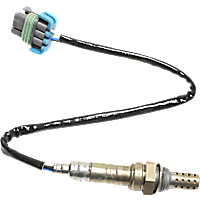 Oxygen Sensor
Oxygen Sensor
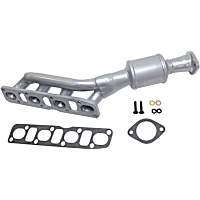 Catalytic Converter
Catalytic Converter
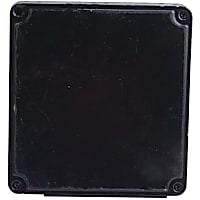 Engine Control Module
Engine Control Module
